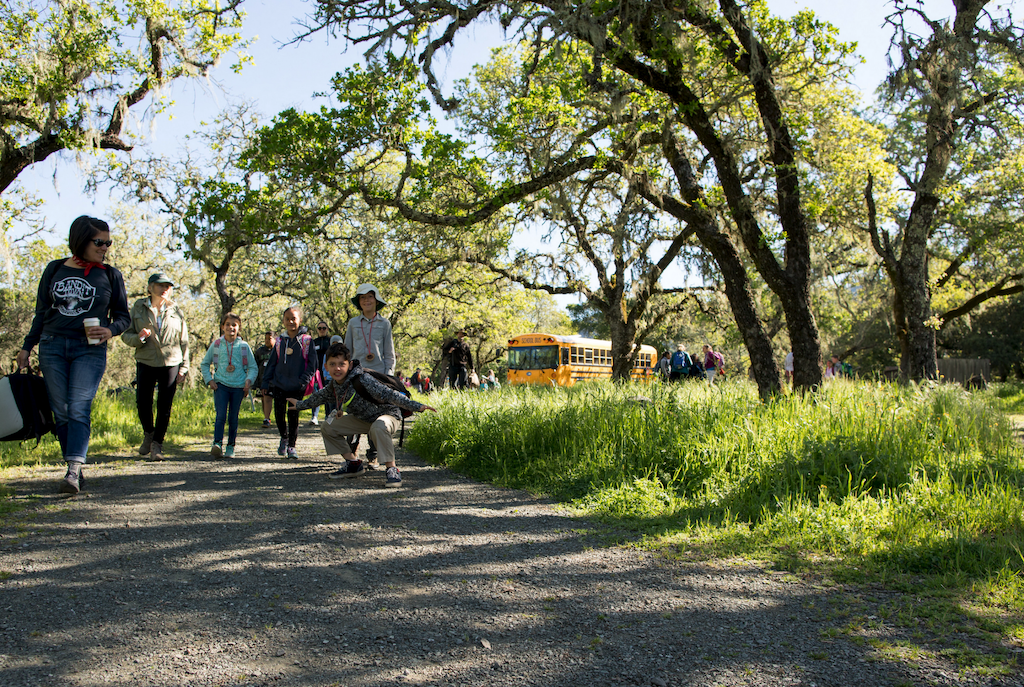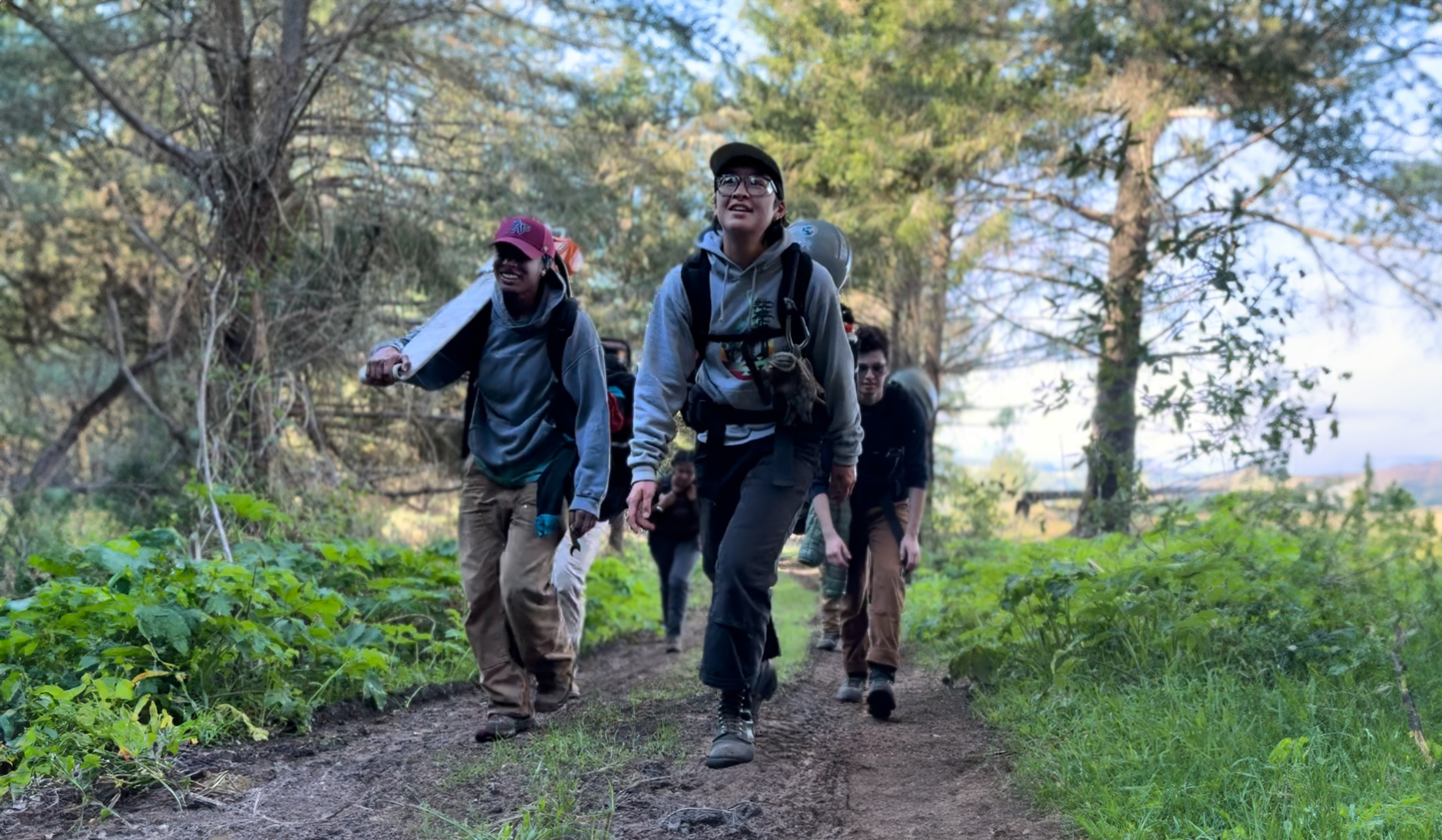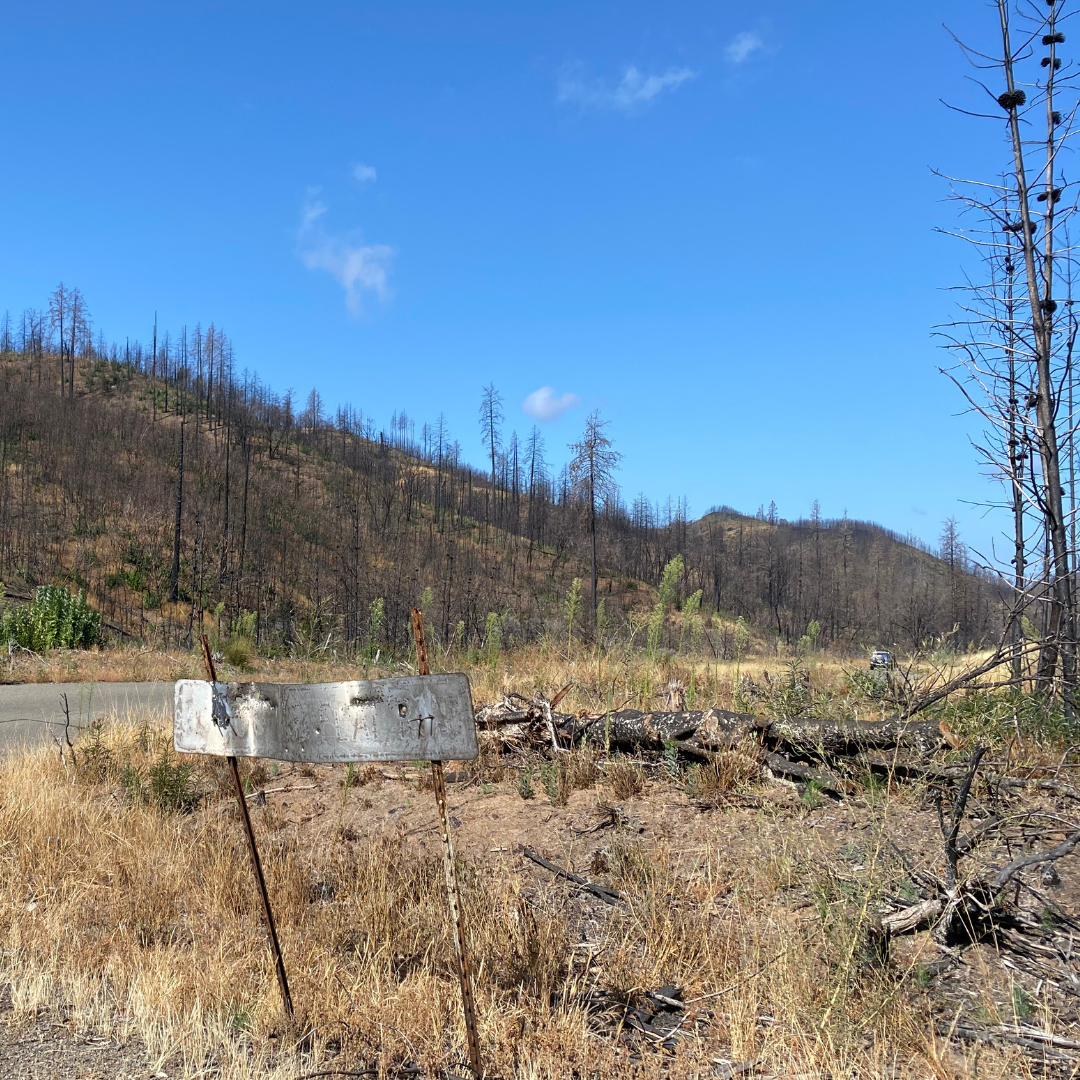The Living with Lions team is sad to announce that P6, a sub-adult mountain lion collared as part of our study was killed in Kenwood by a landowner who requested a depredation permit from California Department of Fish and Wildlife. The depredation or “take” permit was issued by CDFW after the lion killed one of a handful of goats kept on the vineyard property. This marks the second lion in nine months to be removed from the ecosystem by request from a landowner for destroying livestock.
P6, born on March 27, 2017, became an local celeb as one of three kittens born to her mom, P1, the project’s first research subject. The ten-day-old triplets, incredibly well hidden in Pampas grass less than a hundred yards from a home in Glen Ellen, provided our community with a heart-warming glimpse into the fragile lives of mountain lions in our region. Over the course of the next six months, we documented the trio’s movements as they grew from chirping kittens to juveniles on the run from the Nuns Fire.

After documenting the natural demise of two of the kittens, P6 was first tagged, and then recaptured and collared as a sub-adult on the 28th of February this year. We watched as she first followed her mother around and then finally at the age of 1yr and 20 days, she was left alone by her mom after either killing her own deer, or having her mom leave her a deer to feed on before leaving her to her fate. Our research associate, Alex Hettena, was able to track her feeding habits after dispersing and found she killed 3 deer fawns, 2 adult deer and 1 goat before being killed.

Mountain lion P2, a sibling of P6 from an earlier litter, suffered the same fate when she was captured and killed on December 14, 2017 after killing two pet livestock in the Glen Ellen area. Fitted with a GPS collar in November 2016, P2 traversed nearly 8,600 private parcels in the Sonoma Valley, crossing Highway 12 multiple times and carving out what might eventually have become her home territory.

Data collected from P6, P2 and other collared mountain lions will be used in the Sonoma Valley wildlife corridor study and will help ACR’s researchers better understand the habitat needs of these far-ranging animals, connectivity in the landscape, contribute to how the fires impacted these cats, as well as provide more information on their feeding behavior and what can be done to mitigate human-lion conflict.
Depredation of our region’s wildlife is not an effective solution for wildlife-livestock conflict
The killing of two of seven collared lions in the past year impacted our study of the ecology of mountain lions in the Mayacamas range. Little did I know when I found P1’s den that her kittens had a much lower chance of survival than expected.
Addressing the cause cited for these two depredation events, we can report that the although examination of the remains of mountain lion diet during the past two years shows that 75% of their prey are deer, each one of the study subjects has at some point killed unprotected pets and livestock. By removing the offending lion, we neglect to address the underlying issue of safeguarding domestic animals. Unless adequate precautions are taken to shore up domestic animal enclosures, the situation will be repeated at the same location or elsewhere.
We also know that killing a resident lion may have broad implications often not considered by the landowner. For example, killing a territorial male may increase the number of lions in a given space, as animals from outlying areas try to claim the territory.
I am also concerned about the methods used in killing mountain lions in these depredation cases. To ensure the safe and humane capture of mountain lions in studies in California, researchers are required to conduct highly intensive monitoring of cage traps set for captures. Our traps are checked using satellite and cameras so that our team are notified and can mobilize almost immediately to get to the animal as soon as possible to minimize stress, discomfort and possible injury. Additionally, special, low-impact cages are required to be used by researchers.
However, the County of Sonoma still employs trappers to kill mountain lions under permit who use large, unsuitable cages, while leaving the animal in the trap for up to 12 hours before attending to it and shooting it in the cage. If a lion needs to be killed for some rational reason, I believe every effort should be made to minimize the trauma for this animal before it is laid to rest.
Unnintended consequences a concern to all living within a mountain lion’s large range.
Disruptions in the population of this key predator can affect deer behavior and populations, causing a number of impacts in the system. Studies in Zion and Yosemite National Parks highlight how the loss of mountain lions resulted in the dramatic increase in the deer populations, which then heavily impacted growth of new trees and vegetation in the region, caused erosion and even affected fish and butterfly diversity.
Take for example P5, a territorial male with a range of 250 square miles has 17,000 private land parcels within his range. Each of these landowners has or may have a vested interest in keeping this lion alive. Interests may range from an intrinsic love for nature, to economic reasons – if P5 is killed, there may result in greater threat to every other landowner’s livestock or pets causing emotional or economic damages.
Recent genetic results from the study point to further reasons why lion removals are a concern. Results from the first 6 lions shows very low genetic diversity for a population, suggesting prudent measures should be taken to conserve this population.
Conserving important ecological assets such as mountain lions and other predators is good for the environment and ultimately for us, the human community. A top priority for the Living with Lions project is to reduce the number of depredation permits issued against mountain lions in the study area. When I studied the Cape leopard in South Africa, I worked closely with local communities and eventually saw a reduction in depredation permits from eight per year to zero in the ten-year span of the study.
TOOLS FOR OUR NEIGHBORS:
Check out several styles of secured pens and barns designed to house livestock at night: https://mountainlion.org/portalprotectsecureenclosures.asp




